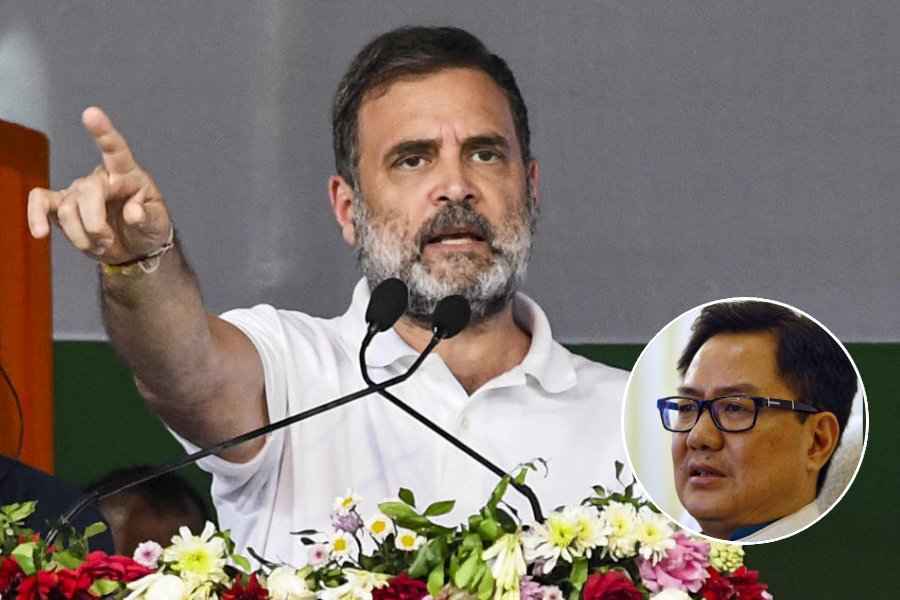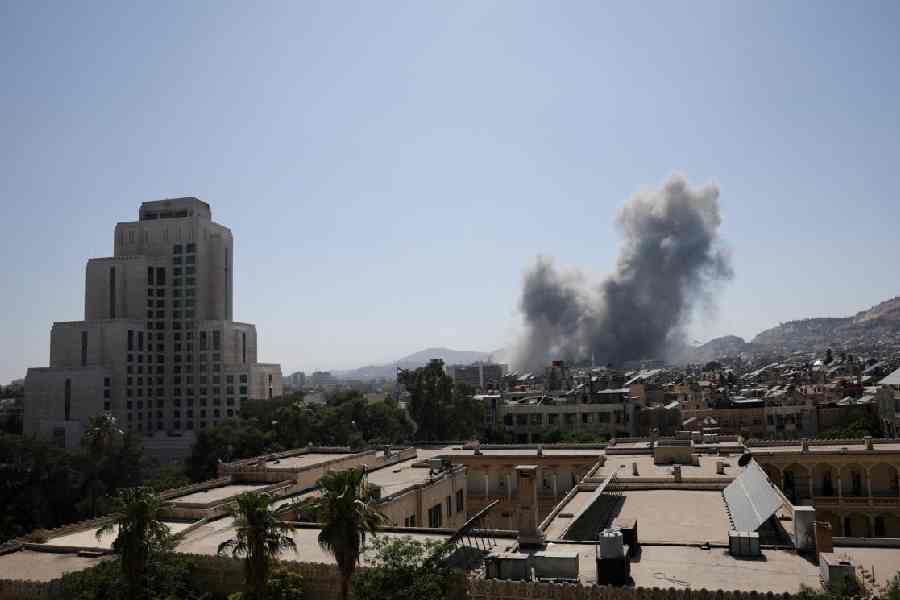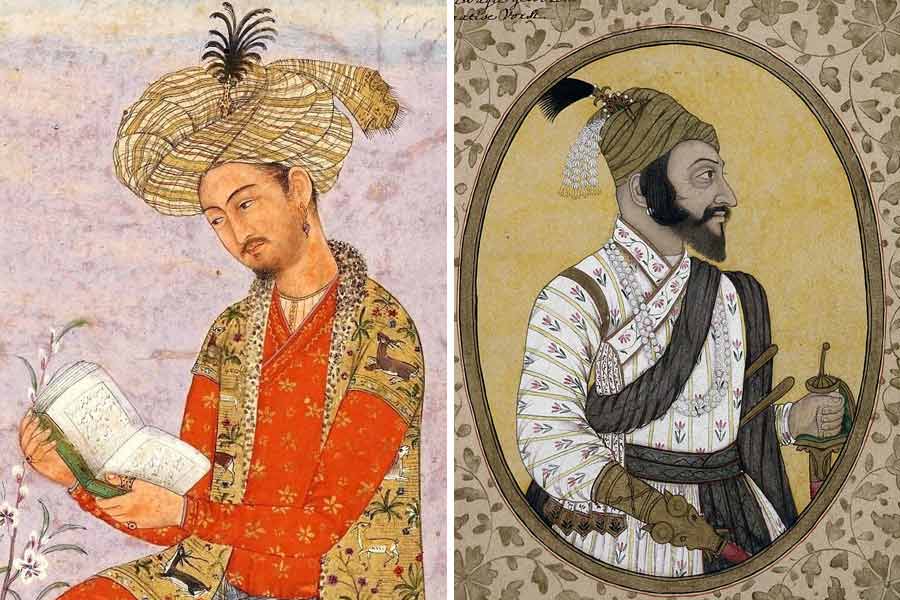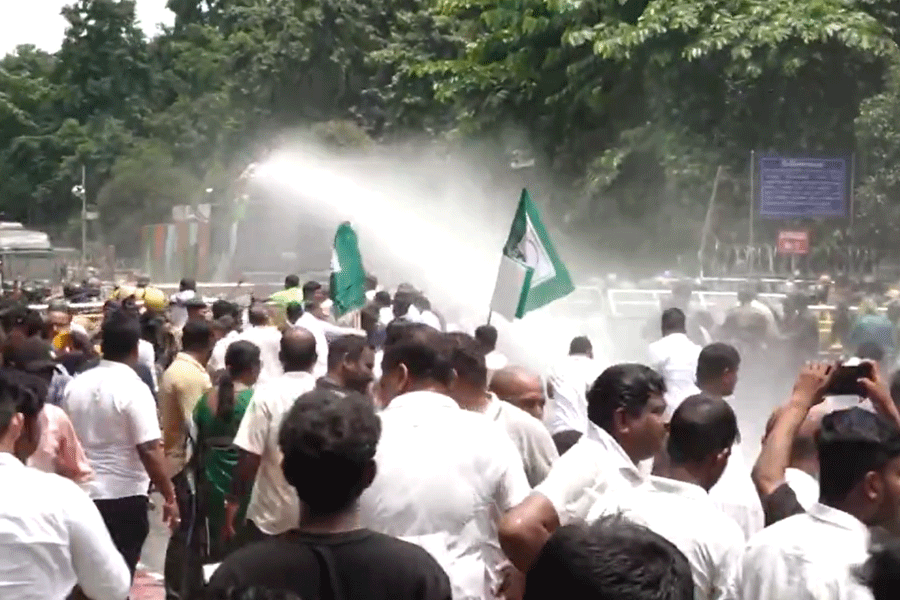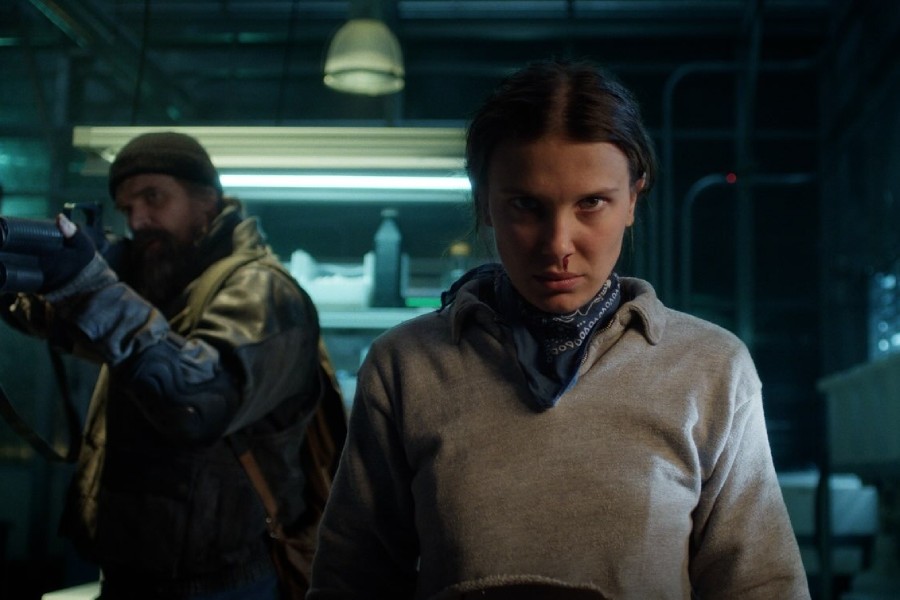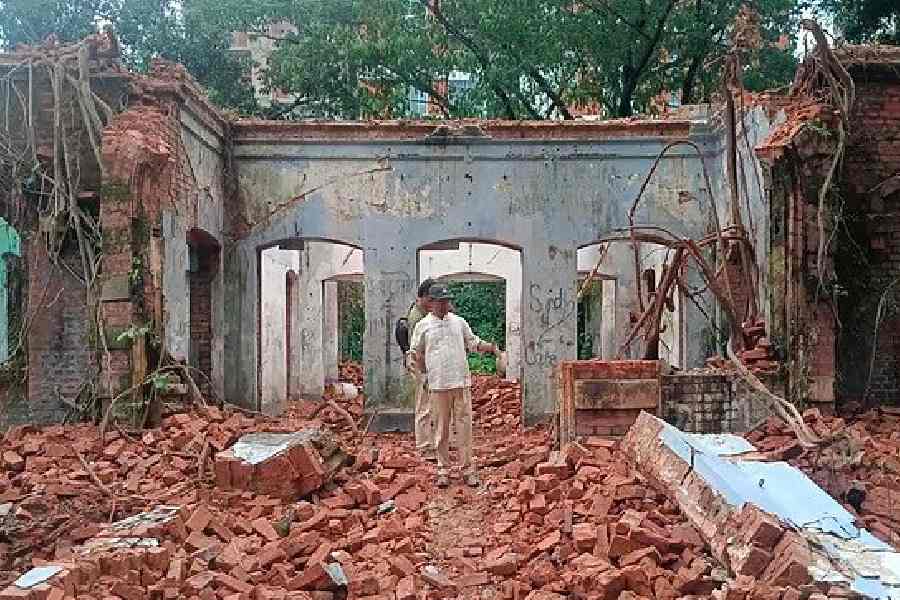Straight Bat - Michael Atherton
The young Japanese family, two adults and two children dressed in kimonos, placed a wreath, backed away from the plinth, and bowed slightly. They paused, reflecting silently for a moment on the many Japanese students who had been killed four years ago to the day in the collapse of the building that once was where they stood now.
Taped to the fence nearby and fluttering in the breeze was a card with a rose attached, one of many messages of condolence at the place where 115 of the 185 victims of the Christchurch earthquake had died. The note inside read: "Lynda Parker: your daughter is growing into a fantastic young woman. You would be very proud."
Opposite the site where Canterbury Television and the King's Education Language School had been housed is the makeshift cathedral, the Cardboard Cathedral as it is known here; a temporary site of worship. On this day, of all days, the service was well attended and the churchgoers filed out one by one. On the opposite side of the road, 185 chairs - a wheelchair, a baby's high chair, a throne, an armchair, each chair a unique style - sat facing the cathedral, a congregation of the dead.
A mile or so away, in the botanical gardens, Paul Downton, the ECB managing director, laid a wreath at the commemorative service on behalf of the England team. The speeches focused on Christchurch's regeneration. One speaker made much of the "creative spirit" and "sense of community" that had increased as a result and the feeling that nobody here took things for granted any more. Small things such as flat roads. The roads in Christchurch are still not flat four years on.
In between the Cardboard Cathedral and the botanical gardens are streets where the evidence of the destruction is commonplace. Buildings are closed off and sentenced to demolition (eventually a quarter of the city's previous inventory will be demolished); walls with enormous holes; massive cracks cemented over; a makeshift shopping centre made of shipping containers; cranes hovering and waiting for the green light for action.
On one of these streets, a camera picked up the moment that the earthquake hit four years ago and in the short, minute-long film you can see the horror unfold: the complete lack of warning as pedestrians went about their daily lives before the six-second burst. On the same film, you can see the remarkable sight of a whole building collapsing and, seconds later, out of the rubble emerges a man, miraculously unhurt, dusting himself down and walking off into the distance unscathed.
They have been remembering the devastation, the deaths and these miraculous moments this week in Christchurch. England's match against New Zealand on Monday was one day on from the four-year anniversary of the earthquake that shattered the city. Not that it is easy to forget: the central area of the city is eerily quiet and empty, almost a ghost town.
Those who work in sport are always acutely aware of the artificial lives we lead, pontificating on screen and in print about a great triviality. Just occasionally, though, our paths cross the kinds of things that foreign reporters, war reporters and news reporters take for granted.
Whenever we do, it is usually to cover sport in the aftermath of a crisis such as the Christchurch earthquake, the Mumbai attacks, the Karachi bombings or the 2004 tsunami, and every time we do the importance of this great triviality hits home.
When the bomb blasts ripped through the Taj Mahal Palace hotel in Mumbai (a venue known to many touring teams) in 2008, England's cricketers were in India and came home immediately. It took some persuading for them to go back for the Tests, but they did and the first of those Tests in Chennai was an incredibly moving experience for everyone who was there.
Sachin Tendulkar scored a brilliant match-winning century in front of a full house that was even more emotional than normal, as he had been to the fore in the aftermath of the atrocity, proclaiming in an advert that he played for India "now more than ever". You sensed that the cricket itself was important, more so than the result or even than Tendulkar scoring a hundred. Normality resumed; terrorists beaten.
When the tsunami hit Sri Lanka on Boxing Day 2004, the area around the fort at Galle was most badly affected, including the Test match ground, which was devastated. Cricket and cricketers played a significant role in the immediate and long-term revival of the area and helped those who had lost everything. The Sri Lanka players who had curtailed their tour to New Zealand headed into all areas of the country, including the war-torn north, to hand out clothes, food and water.
Muttiah Muralidharan set up his Foundation for Goodness, which continues to do much good work. MCC and Surrey were heavily involved in a scheme to rebuild the village of Seenigama.
Mahela Jayawardena was captain of Sri Lanka when Test cricket resumed in Galle three years later and he spoke at the time about how important its return and the regeneration of the ground was in giving people a focus and a sense of direction and subsequent achievement. It was part of the process of moving on.
In its small way, the journey to the World Cup for Christchurch, and the return of sport to the city more generally, has been about that, too.
Lancaster Park, the old ground, is no more. Environmental campaigners tried to halt the creation of the Hagley Oval for fear of its impact upon Hagley Park, the green lung in the middle of Christchurch, but the development of this beautiful, tree-lined ground has been a triumph and the World Cup matches passed smoothly. Christchurch now has a bespoke, boutique ground for Test cricket in a way that it did not have before.
They are big on sport here. The Hadlee family hails from the area; the rugby team, the Crusaders, are as good as any; the green spaces that wind around the River Avon on which at any point in time you might see rugby, cricket, frisbee, athletics and a host of other sports.
Whereas much of the rejuvenation of the city has been mired in disputes over insurance payouts, rendering the process sclerotic, sport has returned to near-normality. The Hagley Oval was the first main project completed by the local government out of a spend that is expected in time to be NZD 31 billion (about £15 billion).
So there was much to be proud of when the England and Scotland players disappeared into their changing rooms after the final game at the Hagley Oval and the volunteers, in their bright blue uniforms, did a cheery lap of honour. Not for the first time, sport had helped to point the way.


